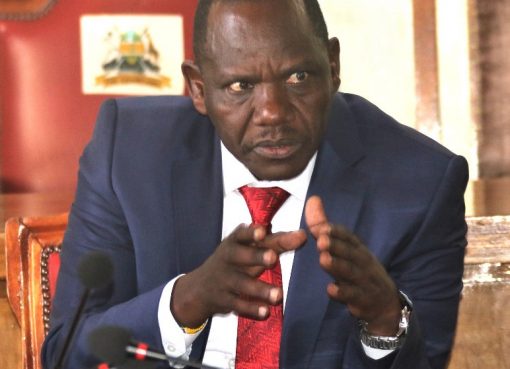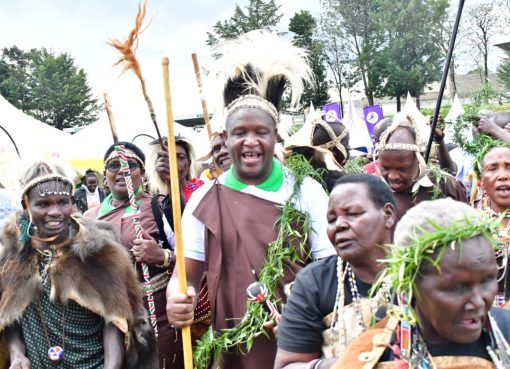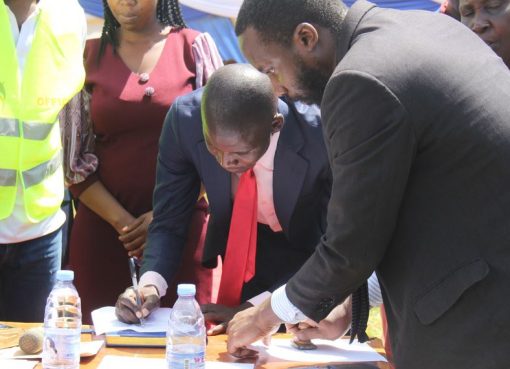Herbalists in the Maasai community have asked residents to grow indigenous trees in order to conserve the environment and increase the supply of medicinal plants.
The Maasai community has different cultures and lifestyles. They use herbal plants for the treatment of humans and animals as they pass the traditions from one generation to the other.
Maasai people have ventured into herbal business in Narok town, which has helped them earn a living and treat diseases, making indigenous medication an appreciated field for many.
The majority of Maasai people, especially those in rural areas, prefer to use medicinal plants for their health care needs.
Drawing passionately from her parents’ inheritance, Nashipae Nagol, 68, has ventured into the herbal business in Narok town, ensuring that herbal medicine is still provided in society.
“Long time ago, my parents used to be invited to provide herbal medicine to the sick people in the village. From there, I got a passion for the herbal medicine field,” added Nagol.
According to Nagol, the degradation of the natural environment has posed a negative threat to traditional medicinal plants.
Nagol says that cutting down indigenous plants such as Whistling Thorn, Wild Olive, Three-Thorn Acacia, Egyptian Thorn, Num-Num, Teclea Nobillis, and many others from their settlements has led people to grow trees like cypress, eucalyptus, and wattle trees, among others, in their residential areas, which have no medicinal value even though they are good for timber production.
Nagol normally gets herbal medicines from the Mau Forest by herself, and sometimes her husband could go and get them from the forest since she is getting old.
On his part, Sirere Dapash, a 60-year-old herbalist, said the destruction of original forest settlements have been seen as the contributing factor that affected the indigenous trees’ cover.
“As long as we aim to achieve 15 billion trees in 10 years, people should consider planting indigenous trees in their homesteads,” says Dapash.
Dapash has been making herbal medicine for 35 years, and says the trees that are mostly used to extract the medicine are indigenous trees that people are cutting down for settlement or charcoal burning purposes.
He added that people have ventured into exotic tree planting for commercial purposes and forgotten indigenous trees.
Dapash says that the use of plant-based medicine in the Maasai community is still an important component of Maasai culture.
Elizabeth Warina, an herbalist from the Ogiek community, noted that the forest is the only place to get these herbal trees, so they are forced to travel long distances and search for medicinal plants.
Warina says that venturing into the herbalist business is majorly to help and solve minor health care problems that affect people, not only to make money.
Warina clients seek medication for common diseases like ulcers, toothaches, skin diseases, backaches, and fertility problems, among others.
She adds that people have increasingly opted for exotic trees, which have replaced the African trees, which are considered to mature faster than the indigenous trees.
Warina said the decrease of indigenous trees has raised the cost of offering herbal medicines to clients.
However, human activities have adversely affected indigenous forests, where herbal medicine is extracted, thus affecting the supply to the market.
In the process of achieving the presidential initiative of planting 15 billion trees in the country, the herbalist calls on both the county and national governments to consider growing indigenous trees for herbs.
By John Kaleke and Rakwa Jackson





